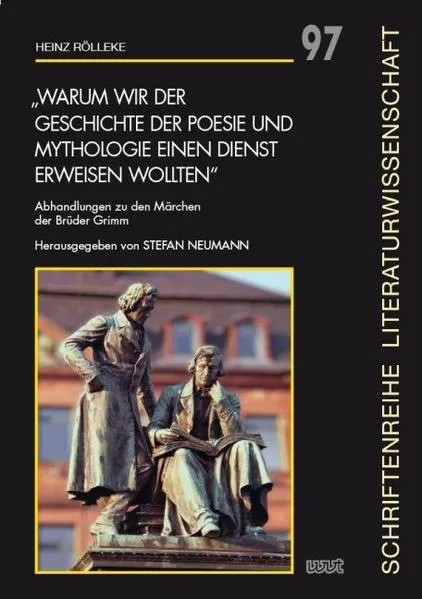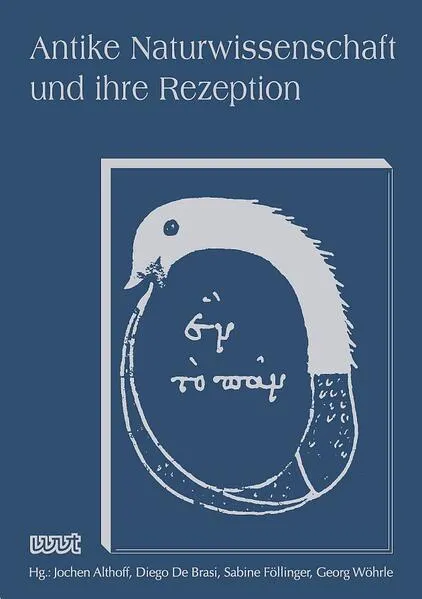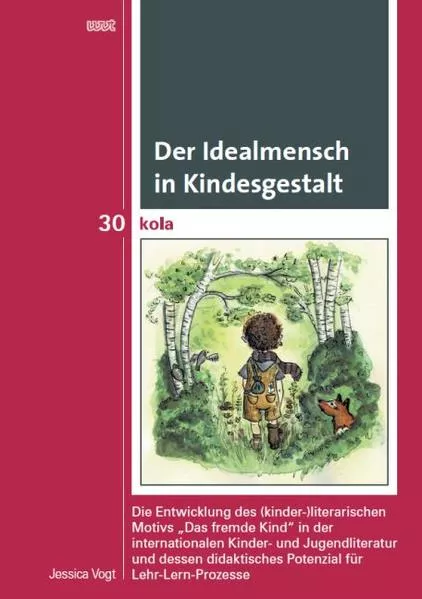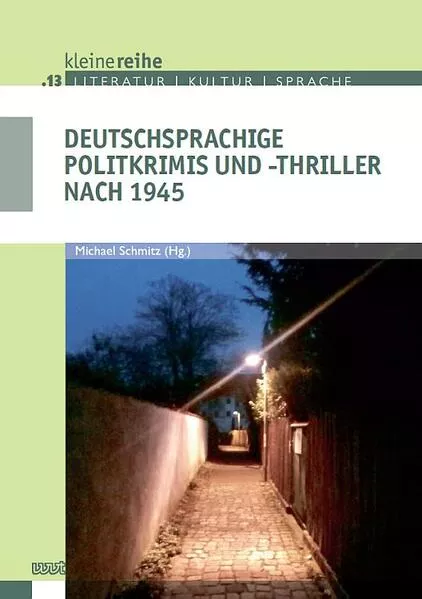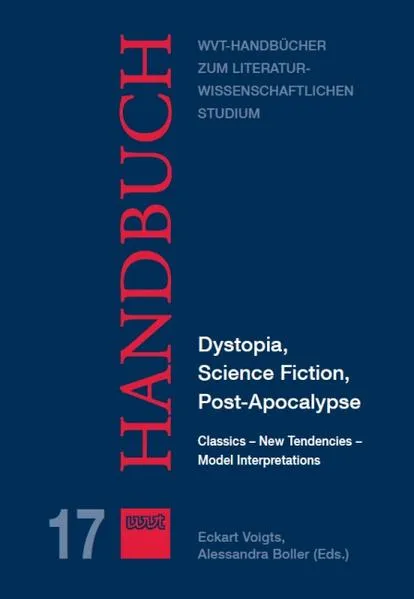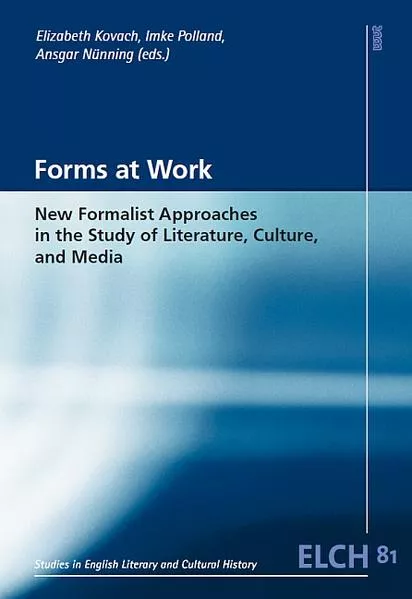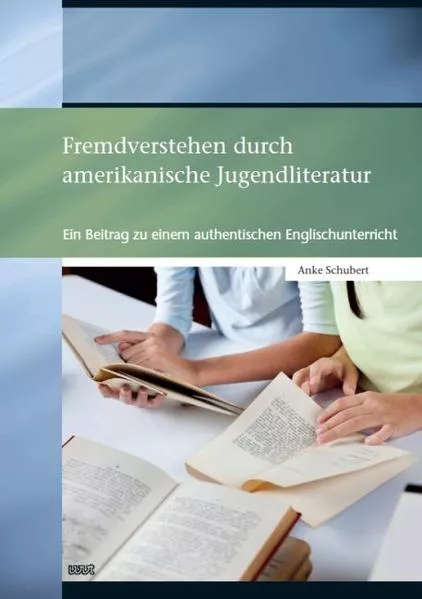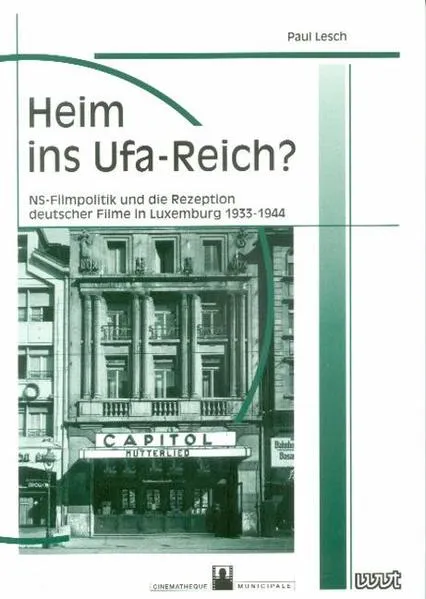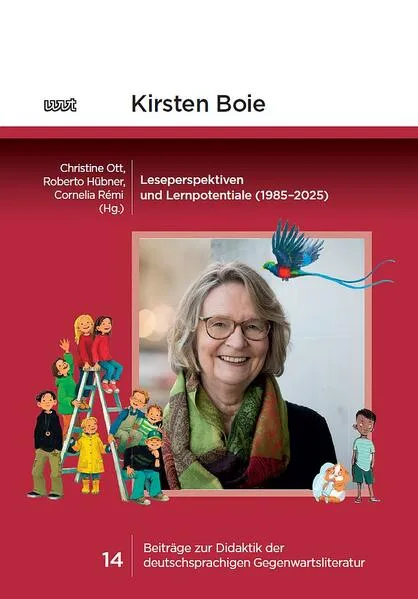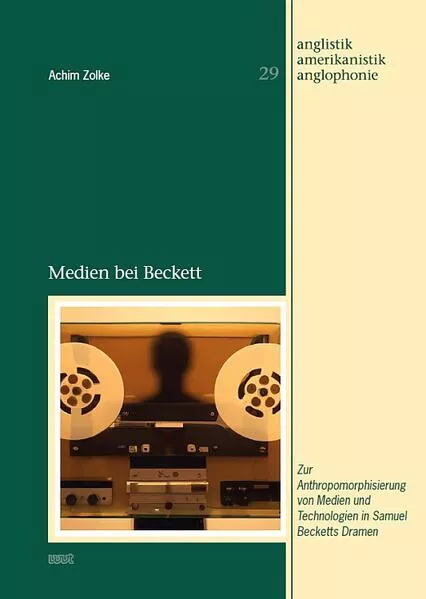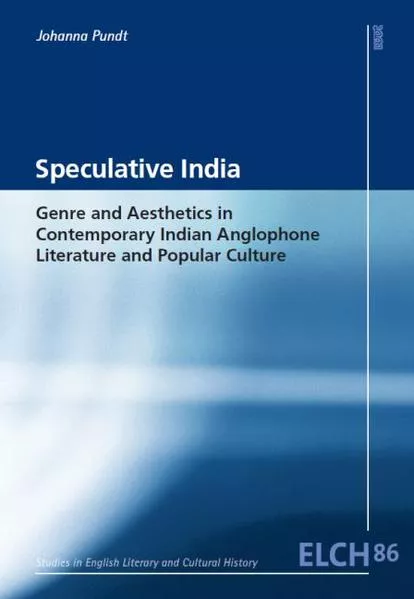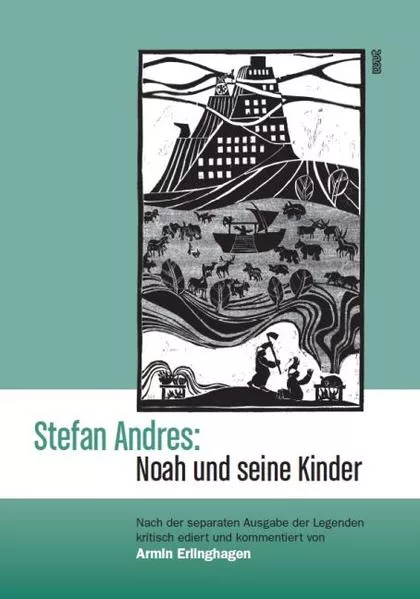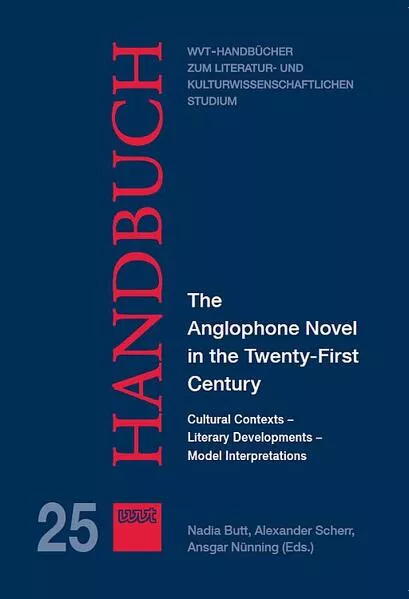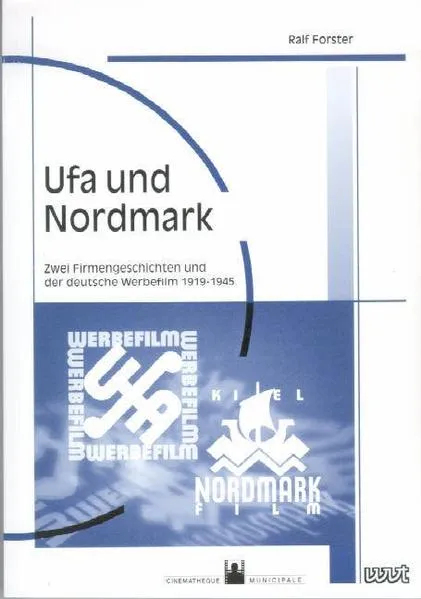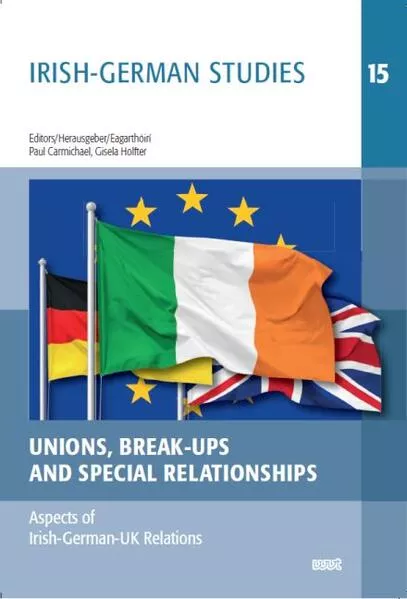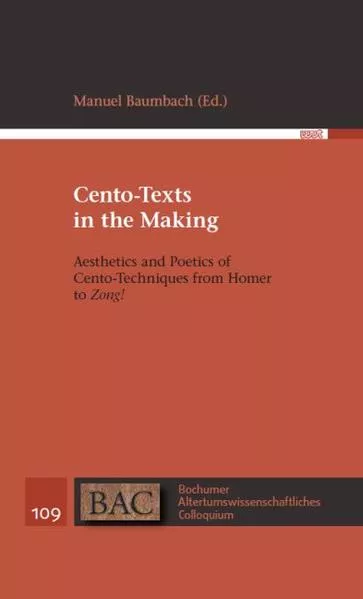
Manuel Baumbach
Cento-Texts in the Making
- Aesthetics and Poetics of Cento-Techniques from Homer to „Zong!“
ISBN: 978-3-868-21945-6
296 Seiten | € 45.00
Buch [Taschenbuch]
Erscheinungsdatum:
19.04.2022
Roman
Manuel Baumbach
Cento-Texts in the Making
Aesthetics and Poetics of Cento-Techniques from Homer to „Zong!“
Cento-texts represent an extreme case of intertextuality. In gathering material from different sources and weaving it together they form a patchwork, which is in constant dialogue with the literary tradition. The different components can take on new meanings and, at the same time, refer back to their original contexts. This interdisciplinary volume explores different cento-techniques from Antiquity to the present day. It focusses upon poetological reflections, which are often linked with or even inscribed in the usage of cento-techniques, and it takes into account varied understandings of cento-writings in the history of reception. The contributions compare different cultural traditions and approach cento-techniques from an aesthetical point of view. They examine questions of authorship, authorization and fragmentarization. They ask which metaphors or concepts are used to describe cento-techniques (e.g. bees, weaving, hooking, bricolage), and they discuss the poiesis of cento-texts in the Aristotelian sense of ‘being made‘.
The arrangement of the contributions in this volume is centonic insofar they are neither ordered chronologically nor according to specific topics. Rather, they form a patchwork, which invites the reader to compare different methodological approaches of dealing with cento-texts from Homer to Zong!
Table of Contents
MANUEL BAUMBACH
Selecting, Cutting and Weaving Texts: The Poiesis of Cento-Writings ...................... 9
ROWENA FOWLER
Ezra Pound’s Rag-Bag: The Cantos as Cento ........................................................... 21
TIMO CHRISTIAN
Homerische Glossen und Rezeptionsniveaus in den Homerocentones ...................... 41
JULIA HEIDEKLANG
Hos Centones: Otto Brunfels’ Herbarum vivae eicones (1530)
and Contrafayt Krëutterbuch (1532) ......................................................................... 63
MALI SKOTHEIM
Reading Environmental Devastation through Vergil’s Eclogues in 18th-Century
Mexico: Don Bruno Francisco Larrañaga’s La America Socorrida (1786) ............... 89
Johanna-Charlotte Horst
“I prefer not to... say it myself”: On Georges Perec’s Composite Work
Un homme qui dort .................................................................................................. 103
LINDA SIMONIS
Cento Techniques in Pierre de Ronsard’s Franciad ................................................ 115
SALLY BAUMANN, LUKAS SPIELHOFER
Intertextual and Metapoetic Aspects in Ausoniusʼs Cento nuptialis
(Cent. nupt. 12-32; 57-66) ....................................................................................... 135
MAURICE PARUSSEL
Ein Cento im intertextuellen Gewebe: Zur Schreibweise des Reisebriefes
Konrads von Querfurt .............................................................................................. 157
MARK A. MCCUTCHEON
Paratextual and “Sampladelic” Techniques for “Committing Centonism”
in Contemporary Poetry Published in Canada ......................................................... 175
SINA DELL’ANNO„Der Philolog redet nicht selbst“ – Zur Cento-Technik Johann Georg Hamanns .... 201
MORITZ RAUCHHAUS
Unity through Intertextuality: The Portrayal of Giovanni da Procida
in the Cento-Novel Aventuroso Ciciliano (ca. 1333) ............................................... 219
MARIA TERESA GALLI
Cento Technique in Lelio Capilupi’s Patchwork Poem for Cristoforo Madruzzo ... 231
EMANUELA FERRAGAMO
Morgensterns Cento: Eine Analyse des Essays Nietzsche, der Erzieher (1896) ...... 241
JODOK TRÖSCH
Cento, Quodlibet, or Compilation?
Combinatorial Techniques of Citation in Fischart’s Geschichtklitterung ................ 265
List of Contributors ................................................................................................. 291
The arrangement of the contributions in this volume is centonic insofar they are neither ordered chronologically nor according to specific topics. Rather, they form a patchwork, which invites the reader to compare different methodological approaches of dealing with cento-texts from Homer to Zong!
Table of Contents
MANUEL BAUMBACH
Selecting, Cutting and Weaving Texts: The Poiesis of Cento-Writings ...................... 9
ROWENA FOWLER
Ezra Pound’s Rag-Bag: The Cantos as Cento ........................................................... 21
TIMO CHRISTIAN
Homerische Glossen und Rezeptionsniveaus in den Homerocentones ...................... 41
JULIA HEIDEKLANG
Hos Centones: Otto Brunfels’ Herbarum vivae eicones (1530)
and Contrafayt Krëutterbuch (1532) ......................................................................... 63
MALI SKOTHEIM
Reading Environmental Devastation through Vergil’s Eclogues in 18th-Century
Mexico: Don Bruno Francisco Larrañaga’s La America Socorrida (1786) ............... 89
Johanna-Charlotte Horst
“I prefer not to... say it myself”: On Georges Perec’s Composite Work
Un homme qui dort .................................................................................................. 103
LINDA SIMONIS
Cento Techniques in Pierre de Ronsard’s Franciad ................................................ 115
SALLY BAUMANN, LUKAS SPIELHOFER
Intertextual and Metapoetic Aspects in Ausoniusʼs Cento nuptialis
(Cent. nupt. 12-32; 57-66) ....................................................................................... 135
MAURICE PARUSSEL
Ein Cento im intertextuellen Gewebe: Zur Schreibweise des Reisebriefes
Konrads von Querfurt .............................................................................................. 157
MARK A. MCCUTCHEON
Paratextual and “Sampladelic” Techniques for “Committing Centonism”
in Contemporary Poetry Published in Canada ......................................................... 175
SINA DELL’ANNO„Der Philolog redet nicht selbst“ – Zur Cento-Technik Johann Georg Hamanns .... 201
MORITZ RAUCHHAUS
Unity through Intertextuality: The Portrayal of Giovanni da Procida
in the Cento-Novel Aventuroso Ciciliano (ca. 1333) ............................................... 219
MARIA TERESA GALLI
Cento Technique in Lelio Capilupi’s Patchwork Poem for Cristoforo Madruzzo ... 231
EMANUELA FERRAGAMO
Morgensterns Cento: Eine Analyse des Essays Nietzsche, der Erzieher (1896) ...... 241
JODOK TRÖSCH
Cento, Quodlibet, or Compilation?
Combinatorial Techniques of Citation in Fischart’s Geschichtklitterung ................ 265
List of Contributors ................................................................................................. 291
Unterstütze den lokalen Buchhandel
Nutze die PLZ-Suche um einen Buchhändler in Deiner Nähe zu finden.
Bestelle dieses Buch im Internet
| Veröffentlichung: | 19.04.2022 |
| Höhe/Breite/Gewicht | H 219 cm / B 152 cm / 621 g |
| Seiten | 296 |
| Art des Mediums | Buch [Taschenbuch] |
| Preis DE | EUR 45.00 |
| Preis AT | EUR 46.30 |
| Reihe | BAC - Bochumer Altertumswissenschaftliches Colloquium 109 |
| ISBN-13 | 978-3-868-21945-6 |
| ISBN-10 | 3868219455 |
Diesen Artikel teilen
0 Kommentar zu diesem Buch
.... weitere Publikationen von WVT Wissenschaftlicher Verlag Trier
Leserunde
Verlockung und Gefahr: Der schwarze Kuss
Bewerbungsfrist bis zum: 10.01.2026



